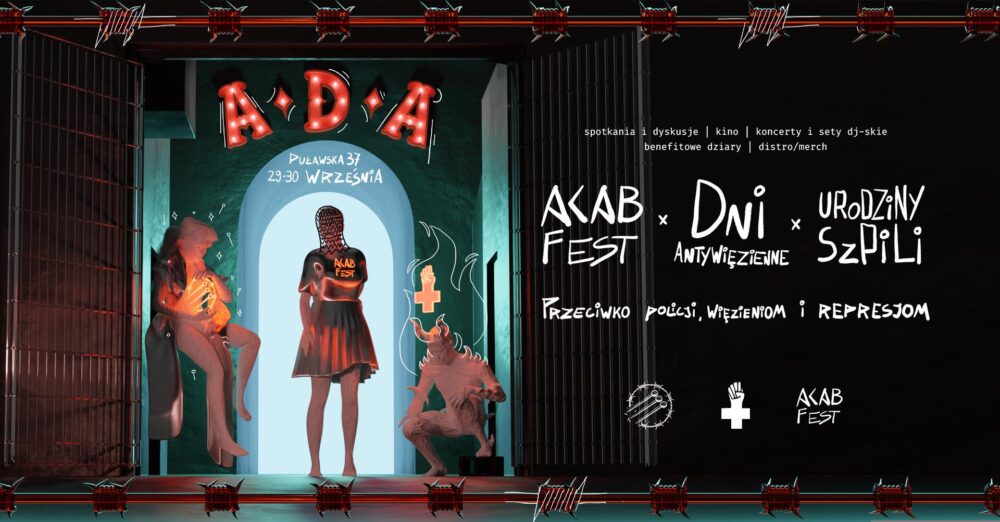Art in Prisons is a project aiming to popularise community work in
prisons initiated by contemporary artists. For the first time in Poland
joint workshops involving artists and inmates have been carried out on
such a large scale. Classes, discussions, lectures and workshops,
prepared by artists and social activists, have taken place at various
Polish prisons.
The project, developed as an integrated participative action, is meant
not only to help rehabilitate the inmates and prepare them for a return
to life outside, but also to provoke potential recipients to reflect on
the contemporary notion of punishment, its long-term rationale, and its
role, if any, in overhauling the convicts’ personalities and value
systems.
The ideas of Michel Foucault are all too obvious a reference here, but
investigating the penitentiary system, and the notion of punishment in
particular, remains key to understanding the mechanisms of social
development and, consequently, the next stage of transformation that can
be conceived to change society.
Through their activity at prisons, artists not only declare their
willingness to help the inmates, but also receive from them an infinite
amount of information and emotions. Contact with incarcerated persons
provokes one to ask questions – about social values, the fairness of
judicial procedures, the populism/politicisation of penal policy, but
also about one’s own transgression, about what everyone is capable of
doing. This confrontation with the prison world became a strong impulse
that, in many cases, released a mutual creative potential.
Another aspect was the integration of the artists themselves. It was a
rather symbolic gesture, an experiment undertaken to find out whether
artists can and want to work together. Characteristically for the
neoliberal society, contemporary artistic practice has been increasingly
solitary, isolated. Through meeting and discussing their experience of
working with inmates, artists were able to voice the intention of
working together and start an open discussion between themselves.
Moreover, the project’s participants have initiated actions that will be
continued, establishing new connections between inmates, personnel and
artists; ideas of new joint projects have already been conceived.
Art in Prisons is a project meant to make the recipient aware of the
importance of engaged art, to encourage him to follow up with further
action, and, above all, to provoke him to reflect critically on the
sense thereof, on the shape of the penitentiary system, on how it is a
mirror of the larger social order, and on whether, and if so, how, it
can be changed.
